Deursen / Deurne / Deurzen / Doerne / Doirne / Doren / Dorne / Dorsen
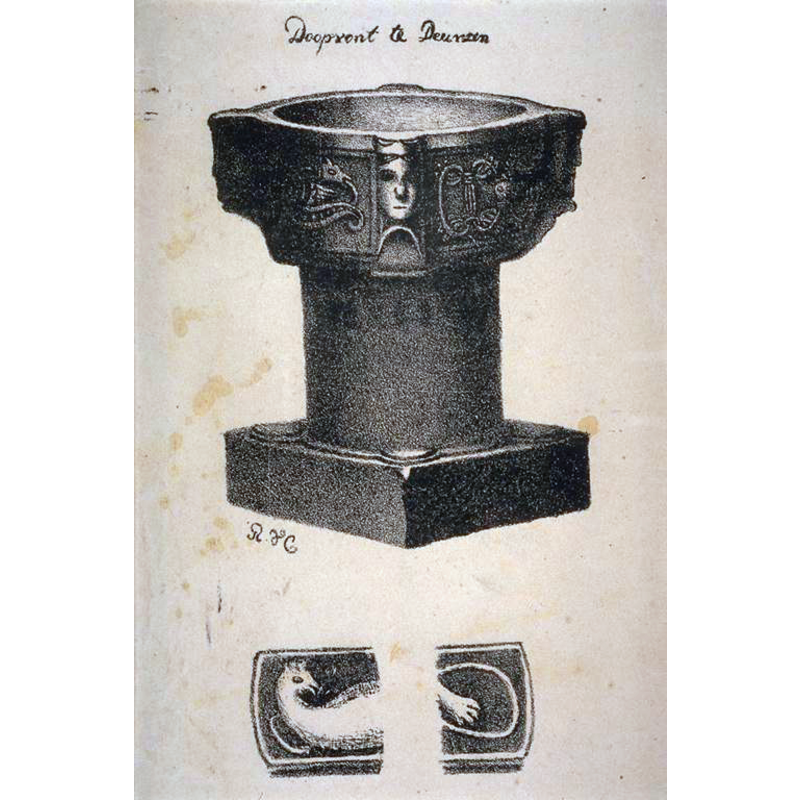
Image copyright © [in the public domain]
PD
Results: 10 records
animal - fabulous animal or monster
design element - motifs - interlace
design element - motifs - moulding
human figure - head - 4
information
Scene Description: letter exchange between the bishop to the parish priest authorising the sale of the font 20 February 1890
Copyright Statement: Image copyright © Provincial Archives, Den Bosch (www.bhic.nl), 2016
Image Source: digital image of a letter exchange in the central provincial archives in Den Bosch (www.bhic.nl), sent to Joost Limburg
Copyright Instructions: Image and permission received (e-mail of 11 May 2016)
view of church exterior - northwest view
view of church interior - nave - looking east
view of font
view of font - drawing
INFORMATION
FontID: 20299DEU
Object Type: Baptismal Font1
Church/Chapel: Rooms-Katholieke Parochiekerk Sint Vincentius
Church Patron Saints: St. Vincent Maldegarius [later changed to St. Vincent of Zaragoza]
Church Location: Rondestraat 8, 5371LC Deursen Dennenburg, Netherlands
Country Name: Netherlands
Location: Noord-Brabant
Directions to Site: Located in the municipality of Oss
Historical Region: Land van Ravenstein
Font Location in Church: [cf. FontNotes]
Century and Period: 12th - 13th century, Late Romanesque
Workshop/Group/Artisan: Mosan font
Credit and Acknowledgements: We are grateful to Joost Limburg [www.romanicoportugal.info/zdutchfonts.htm] [accessed 24 Jamuary 2016] and to Pol Herman for their untiring effort and help in documenting this font
Church Notes: original church Romanesque; present church 1875, on the site of a 1745 church;
Font Notes:
Click to view
Baptismal font noted and illustrated in Hermans (1855), who notes that the outer colonnettes of the base were missing by his time. The font consists of a round tapering basin decorated with four human heads at 90-degree angles, the sides in between with fabulous marine (?) beasts and one interlace; the heads have the characteristic broad-leaf like support below, which would have been the capital of the colonnettes below [now missing; on a plain broad shaft; the lower base is square and retains the mouldings that would have been the bases of the four missing colonnettes. [was the font originally from Michaelskerk in Dennenburg?] [NB: we have received recent news on the whereabouts of this font from Joost Limburg (e-mail of 11 May 2016): "Here's some news on the Deursen font, however, no happy ending... As you know, the best reference we have so far is the article in De Dietsche Warande, written by C.R. Hermans in 1855. In January I found an inventory of the archives of the parish of Deursen-Denneburg on the website of the city archives of Oss, the municipality the village of Deursen belongs to. It stated that in 1890 the font was sold. The archives however, were being moved to the central provincial archives in Den Bosch (www.bhic.nl).
A couple of weeks ago I asked the BHIC about the parish archives, and they kindly sent me scans of the items concerning the selling of the font. The most important (attached) being the letter in which the priest asks the bishop if he can go ahead and sell the font, and the bishop answers that considering the font being of little artistic value, he approves. So the font was sold for 20 guilders to Louis Drukker from Nijmegen.
I have no 100% proof, but most likely this Louis Drukker was Leon Mozes Louis Drukker (1834-1909), from a Jewish family that had moved from Amsterdam to Nijmegen in the late 18th century. "Most likely" for 2 reasons: 1) This is the only Louis Drukker in Nijmegen I could find; the surname Drukker is quite rare there; 2) Louis' son Maurits owned a large and well-regarded shop for furniture and objects of art in Nijmegen:
[www.jodeninnederland.nl/id/P-6197].
The city of Nijmegen was bombed during WWII, leaving the shop all but destroyed [www.collectiegelderland.nl/organisaties/regionaalarchiefnijmegen/voorwerp-F15473]
Of Maurits' 4 sons, 2 did not survive the concentration camps. His daughter moved back to Amsterdam in later years. Of the remaining 2 sons, one re-established his father's business, albeit in another location [http://studiezaal.nijmegen.nl/ran/_intro.aspx#226594]. Today, and for many years now, it doesn't exist anymore. I did manage to find the daughter of the son who continued the furniture business. She told me she was born in 1934, and she rembered her grandfather Maurits' shop well. Indeed there were many objects of art; there was also, for instance, a Moorish room. She also remembered the bombings and living in a cellar for many months. Unfortunately she had no memory of a baptismal font (but then a young Jewish girl may not have recognized it as such).
So here we are. There are many possibilities of what could have happened, all of them leading to the conclusion that the font is lost:
- I got the wrong Louis Drukker.
- It was sold again some time between 1890 and 1940 to an unknown person from the Netherlands or from Germany (Maurits' wife was German).
- Destroyed in the bombardments
- Taken by the Germans
- ...?
I'm afraid I will leave it at this, unless Mrs Bos-Drukker, with whom I spoke this morning, suddenly comes up with some news - which she said would be very unlikely. She was very helpful and even interested (I sent her a copy of the letter), but I feel very reluctant to ask again about what happened to a font at the time when its owners faced the war and the Holocaust. Sorry for the sad ending..." [NB: a digital image of the letter is shown in the images area]
A communication from Pol Herman to BSI (e-mail of 10 March 2022) added the following, based on exchanges between Pol and Jean-Claude Ghislain in July 2021:
1) GESCHIEDENIS VAN NOORDBRABANT Door Peter Norbertus Panken te Bergeik, vernieuwd en gerangschikt, 1898, Stichting Cultureel Brabant (CuBra), gedigitaliseerd door Johan Biemans. Deursen (near Dennenburg). In Gothic style, the antique church was a fine monument, but too small, so it was demolished in 18.. when a more spacious church was built. In addition to the ancient baptismal font, there is an even older wooden crucifix and an admirable marble holy water font.
2) Dietsche Warande. Jaargang 1 (1855), Vlugtige blikken in de kerkelijke archaeologievan Noordbrabant, by C.R. Hermans. The baptismal font in Deursen is 10 palm long and 10.3 palm high in cross section. It consists of 3 pieces; the four corner pillars have been lost. The emblematic garland ornaments between the caryatids are well hewn. [NB: 1 grote palm = 10 cm after 1820]
COORDINATES
Church Latitude & Longitude Decimal: 51.800493, 5.628992
Church Latitude & Longitude DMS: 51° 48′ 1.78″ N, 5° 37′ 44.37″ E
UTM: 31U 681268 5742118
MEDIUM AND MEASUREMENTS
Material: stone, limestone (Namur)
Font Shape: round (mounted)
Basin Interior Shape: round
Basin Exterior Shape: round
Drainage Notes: no lining
Notes on Measurements: [cf. FontNotes]
REFERENCES
Hermans, C.R., "Vlugtige blikken in de kerkelijke archaeologie van Noordbrabant", Jaargang 1, De Dietsche Warande, 1855, pp. 180-201; p. 194
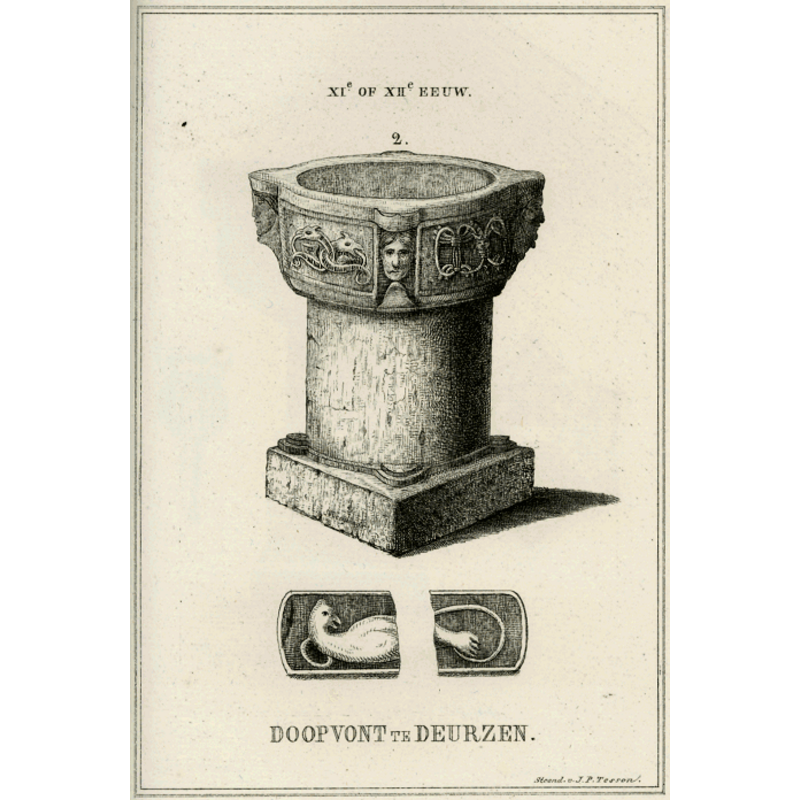
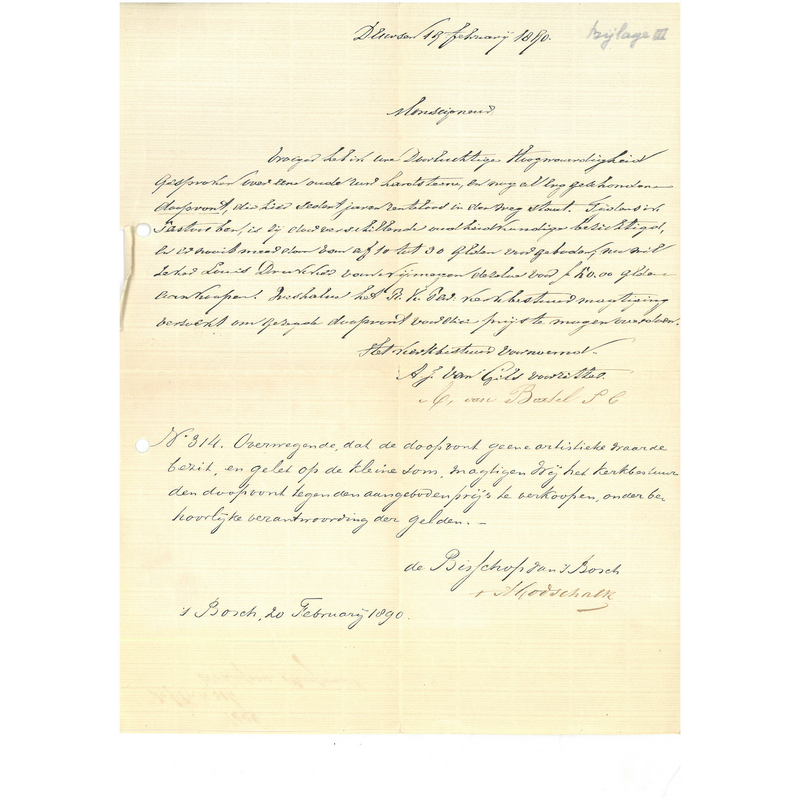
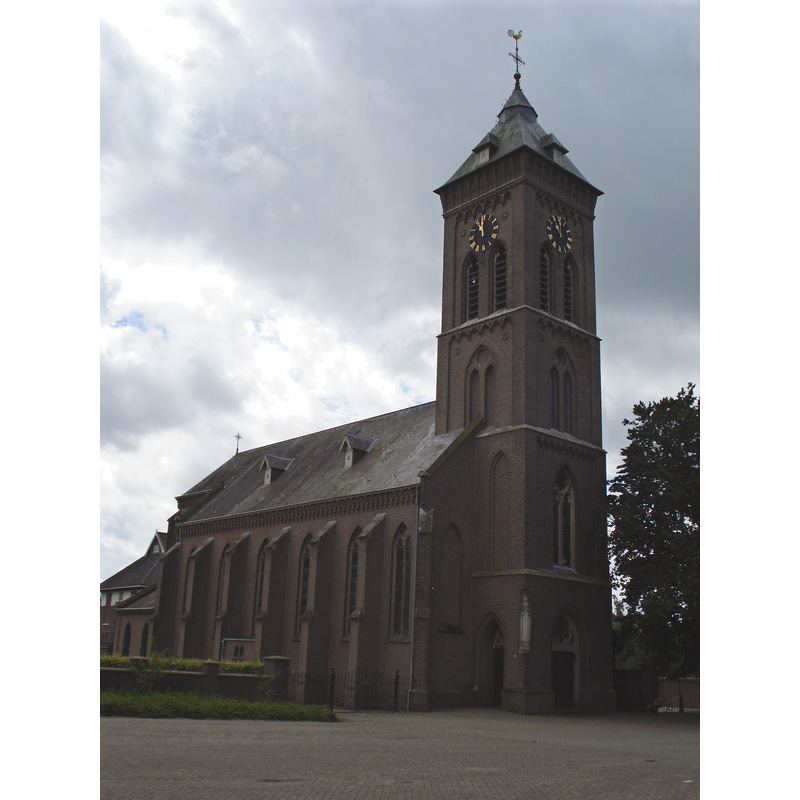
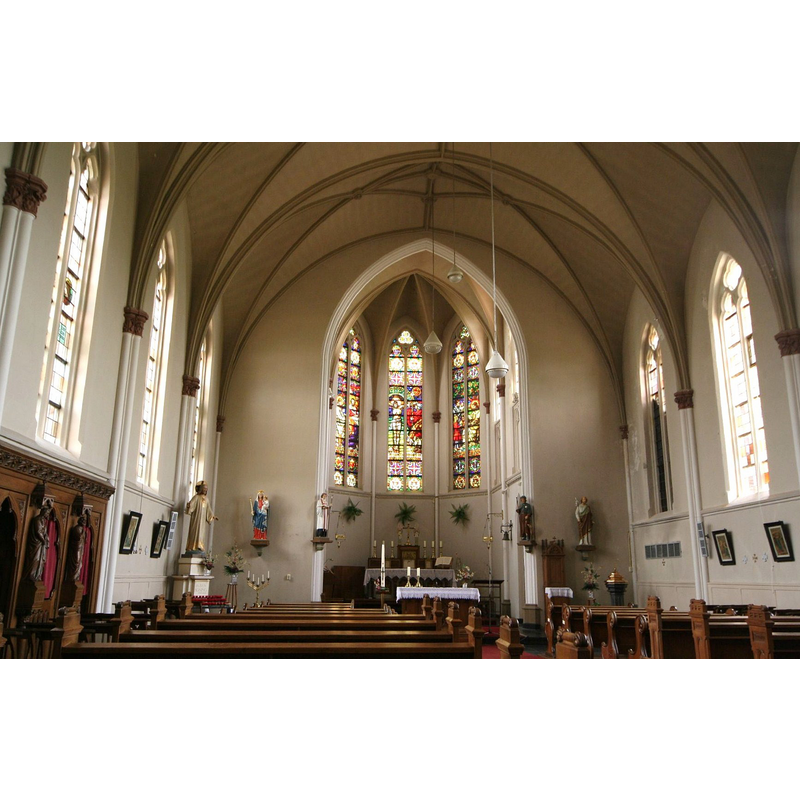
![[cf. FontNotes]](/static-50478a99ec6f36a15d6234548c59f63da52304e5/compressed/0220313026_compressed.png)